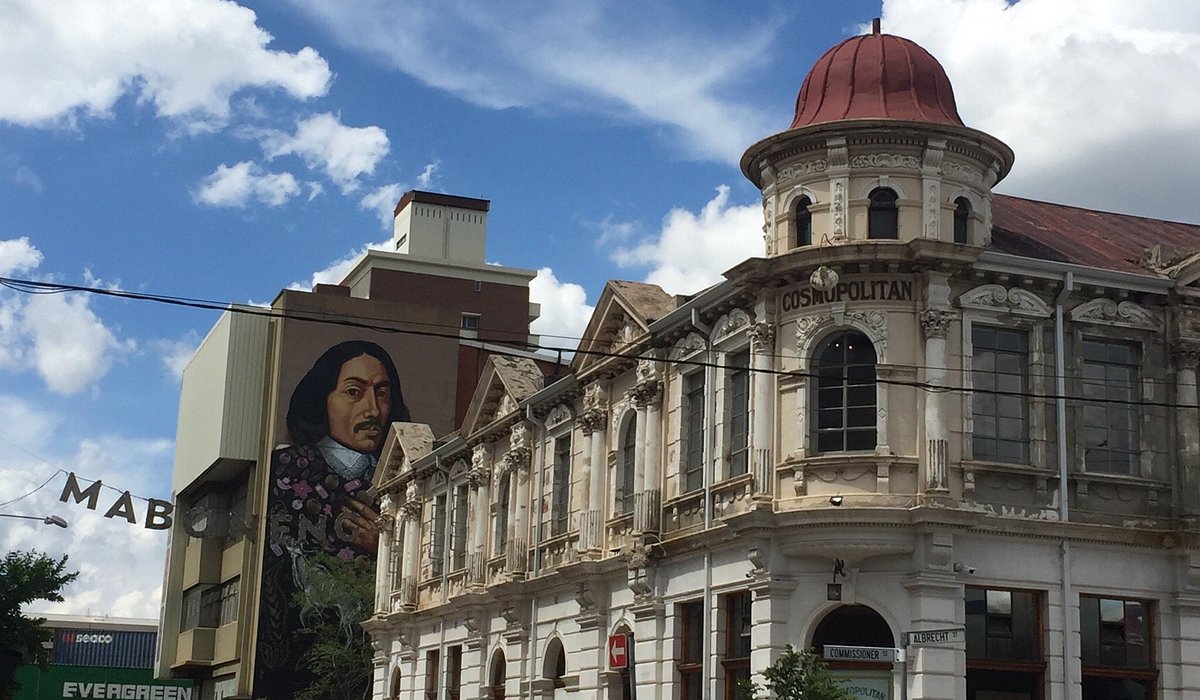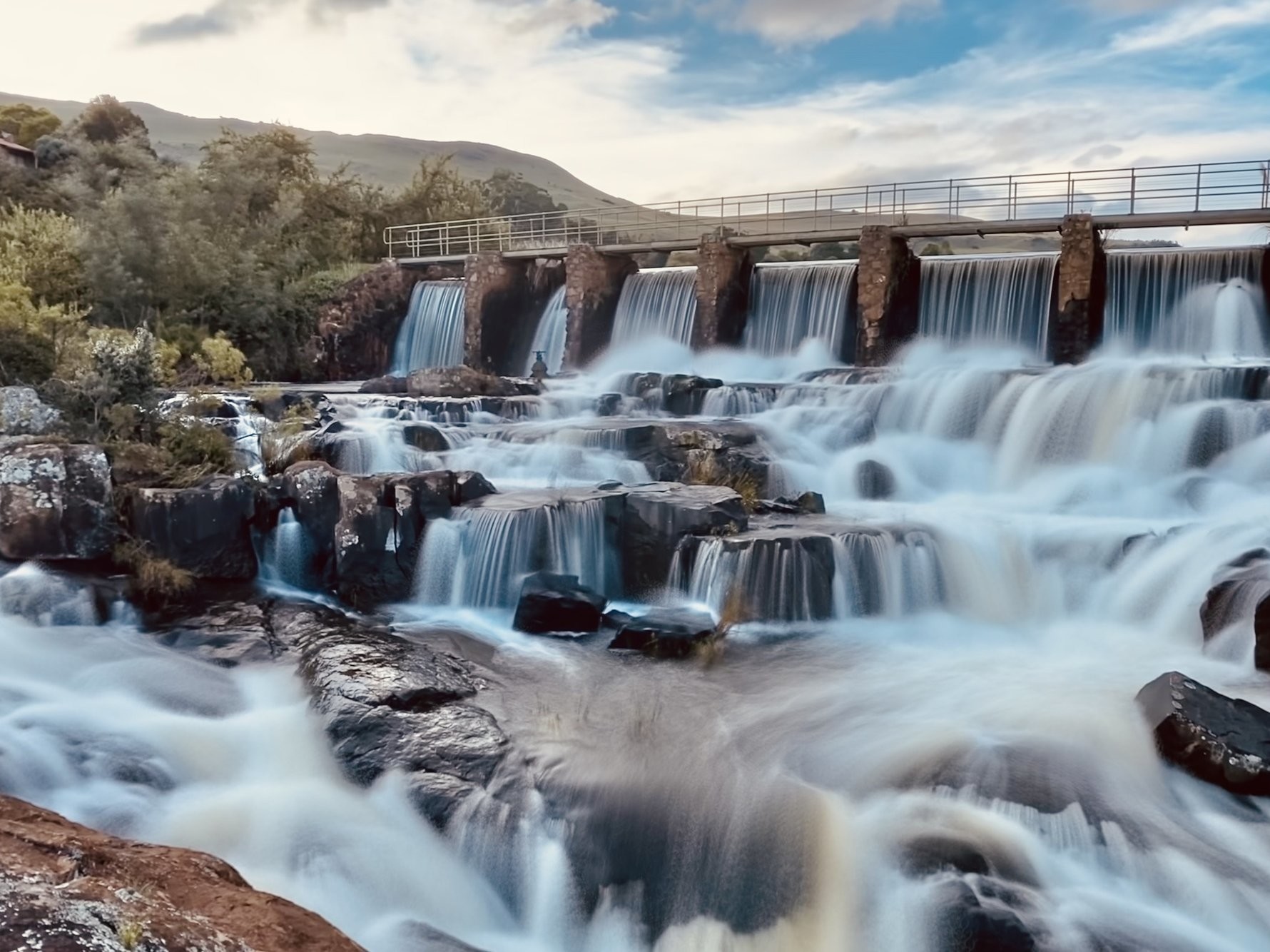The 10-Minute Rule for Johannesburg North Attractions
The 10-Minute Rule for Johannesburg North Attractions
Blog Article
Rumored Buzz on Johannesburg North Attractions
Table of ContentsThe Ultimate Guide To Johannesburg North Attractions6 Simple Techniques For Johannesburg North AttractionsThe Best Guide To Johannesburg North AttractionsJohannesburg North Attractions Things To Know Before You BuyNot known Facts About Johannesburg North AttractionsGetting My Johannesburg North Attractions To Work
The city expanded on the side of the Witwatersrand Main Reef, a subterranean stratum of gold-bearing quartz-silica conglomerate that arcs for hundreds of miles underneath the Highveld - Johannesburg North attractions. Many of the gold mines in the city stopped operation in the 1970s, however in its day the Witwatersrand gold industry accounted for even more than 40 percent of the world's yearly gold production.Johannesburg has a warm environment. Summer season temperature levels average concerning 75 F (24 C); winter temperature levels average concerning 55 F (13 C) and only periodically dip listed below freezing. The city enjoys about 8 hours of sunlight daily in both wintertime and summertime. Rain averages regarding 28 inches (700 millimetres) per annum, however the total differs significantly from year to year.
What rain the city gets drops practically specifically in the summer season months, frequently in stunning late-afternoon electrical storms., where several residents still rely on coal for fuel.

See This Report about Johannesburg North Attractions
The balance of the city is occupied by whites. Lodging varies in character and top quality.
Physical development, although somewhat limited by transportation, continued promptly as immigration to South Africa, and Johannesburg particularly, boosted dramatically. This issue was fixed in the 1930s when the auto was presented in automation to South Africa. Autos were, essentially, restricted to the well-off, and allowed them to relocate to the north of the city and commute into the centre.
The majority of bad suburban areas were mixed, with inadequate blacks and whites living together, although the wealthy suburbs were generally scheduled for whites.
The previous system of eleven numbered areas was reorganised in 2006. Marshalltown, as seen from the top of the Carlton Centre. The M1 and M2 run behind the structures, and the southerly suburban areas extend past the highway boundary. The central city of Johannesburg is located within the city's Region F. The approximated population of the region is 200,000, [] but the variety of people staying in the central city on a casual basis is unknown, as lots of are illegal aliens. The majority of higher-income locals and white people have actually relocated to the northern suburban areas and have been replaced by lower-income black individuals. The joblessness, education, and age accounts of the location are all unknown, as a result of the difficulty of acquiring reputable details regarding the location.
Some Known Details About Johannesburg North Attractions
Yeoville and Bellevue have a mix of house buildings and single residential systems on tiny lots. The region is situated on a hilly divide that ranges from east to west. One of the most obvious geographic attribute is their website Observatory Ridge, which is named for the large observatory situated on it. The entertainment areas are no more utilized, because of security issues.

The Best Guide To Johannesburg North Attractions
R. Tambo International Airport). The eastern residential areas are some of the earliest areas of Johannesburg, there are large communities of Jewish and other European backgrounds, the bulk of the population is English speaking. There are three golf courses along with a variety of protected ridges with viewsites. There are a number of well-developed and up-market entertainment and purchasing locations in the east such as the Eastgate Mall and the Greenstone mall.
Originally developed to house male migrant employees, many have actually been boosted as homes for couples and family members. The suburb was not traditionally permitted to produce click to investigate employment centres within the area, so practically all of its citizens are commuters to other components of the city.
Getting The Johannesburg North Attractions To Work
The N1 Western Bypass connects the northern suburbs with the north-western suburban areas. The suburbs in the north suburban areas are mainly formal, without substantial locations of informal housing, or housing that does not have a permanent framework. This is a recognized area, there is a pattern of land usage modification from property to industrial, especially along major arterial roads and around established nodes.
Roadways to the east and west are less well created, as there are no freeways travelling in that instructions. In the direction of the northern boundary of the city, the thickness of advancement reduces, leaving huge areas of untaught land around Midrand.
The Johannesburg North Attractions PDFs
, which is situated on additional hints a hill neglecting the internal city and Hillbrow.
Report this page